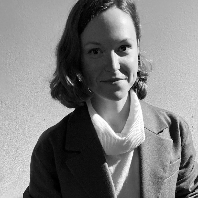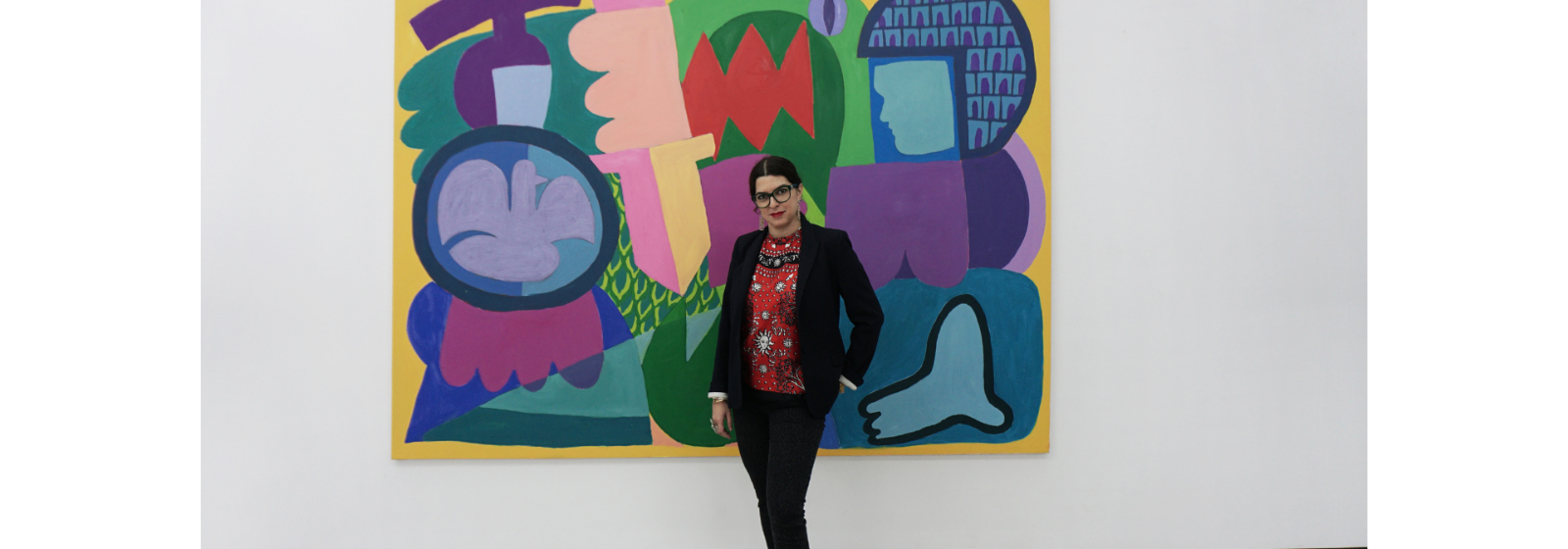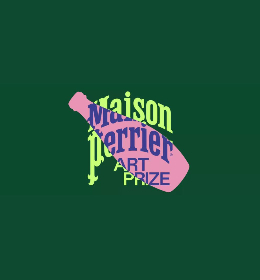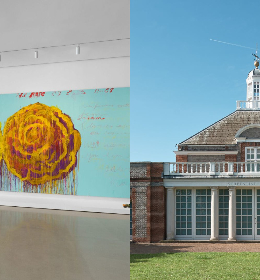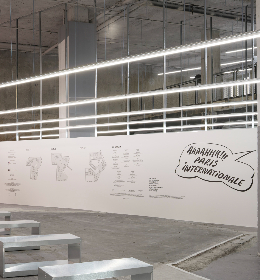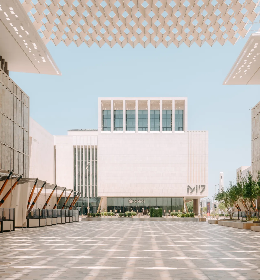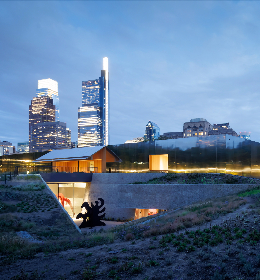A few minutes away from the ancient pillars of the acropolis, lives a gallery in constant search of evolution. Built in an old ice cream factory, the Breeder gallery was founded by Stathis Panagoulis and George Vamvakidis in 2002, motivated by the need to build an artistic dialogue between Athens and the world. Over the past nineteen years, The Breeder gallery has been a pioneer in the development of the contemporary art scene in Athens.
Nadia Gerazouni is the gallery's director, here are her thoughts on Athens, her gallery and the turbulent times the art world is facing.
You have always been considered as a globally influential gallery with an "alternative" model. How would you define your work?
The Breeder is a living organism, a platform that transforms and adapts and responds to what is happening both locally and internationally and therefore has remained relevant to our time - just like the art we show. Sometimes that art is political and at times radical. The platform of the Breeder gallery is open to artists of all nationalities, gender, color and religion, supporting a deeper understanding and free exchange of ideas and ideals in contemporary art. It is a non binary organism with financial freedom derived from the sales of the art it features.

Luke Edward Hall, Figs and Honey and Sailing, 2021, Installation view at The Breeder, Athens
Several times a year, the gallery space is transformed into a studio space for four to six weeks, becoming an invited artist’s studio. During this time, the gallery is open by appointment, allowing for the opportunity of a private studio visit. Visitors are able to meet, discuss and engage with the artists who get to interact more effectively with the Breeder’s audience. Afterwards, the Breeder hosts a solo exhibit of the artist. Invited artists have included Ariana Papademetropoulos, Chioma Ebinama and Joy Labinjo.
You have always prided yourselves on helping your community, give us a few examples.
The Breeder gallery has always been a supporter of communities in need of financial support and visibility. Through our charity work, we were an early supporter of the Athens Gay Pride Parade. Τhrough our charity auctions, the gallery and generous artists, we're able to provide Athens Pride with substantial funds in order for the parade to take place. This was particularly important in the early years before corporate sponsorship was interested in the parade.
As a response to the Covid19 crisis in 2020 we organised an open call for Athens based artists to submit work for auction, where 100% of the proceeds would go to artists. We had an overwhelming participation of more than one hundred artists, participating with 150 works and an overwhelming response from collectors and friends who made the auction an absolute success supporting financially Athens based artists.
What changes have you noticed in the Metaxourgio neighborhood since your arrival there in 2008? And how is your gallery perceived?
Back in 2008, Metaxourgio was a neighbourhood with big aspirations and gentrification plans that were all halted due to the financial crisis. What has really persevered is the neighbourhood feeling, just like in the old times and the locals have grown accustomed to the gallery and the colourful crowd it attracts. It is really rewarding to see the locals responding to our projects, especially to The Breeder Skin, for which we present installations and projects to the facade of the building in the public sphere.

Luke Edward Hall, Figs and Honey and Sailing, 2021, Installation view at The Breeder, Athens
How has the Athens art scene evolved in the past decade?
Well the most significant change is that Athens became more international with a growing number of expats in all kinds of creative fields. The term Athens based artist is more relevant today than ever.

What positives can you pick out from 2020?
Well 2020 has been an unprecedented year for us all, what I found remarkable was the solidarity in this experience as people from every corner of the world had to face the exact same problem at the same time, the pandemic, the lockdowns and the issues that come with it. It definitely disrupted the system we were all accustomed to, the non-stop travelling, the roster of international fairs, the high pace. 2020 created an even bigger need for art.

Georgia Sagri, Deep Cut, 2020, Installation view at The Breeder, Athens
Have you been able to attract new collectors by expanding your digital presence?
We’ve been building our digital presence and international network for many years so we were relatively prepared to go virtual. The positive thing is that collectors were also able to adapt relatively quickly to it.
What are your aspirations for the upcoming year?
Our aspirations for 2021 is to be able to connect soon in person with our community and our artists, to hug our friends, to experience art in the flesh, to travel and make the most of both the digital and the physical aspects of life.
cover image: Nadia Gerazouni, director The Breeder, artwork by Aristeidis Lappas - photo by Lida Macha



